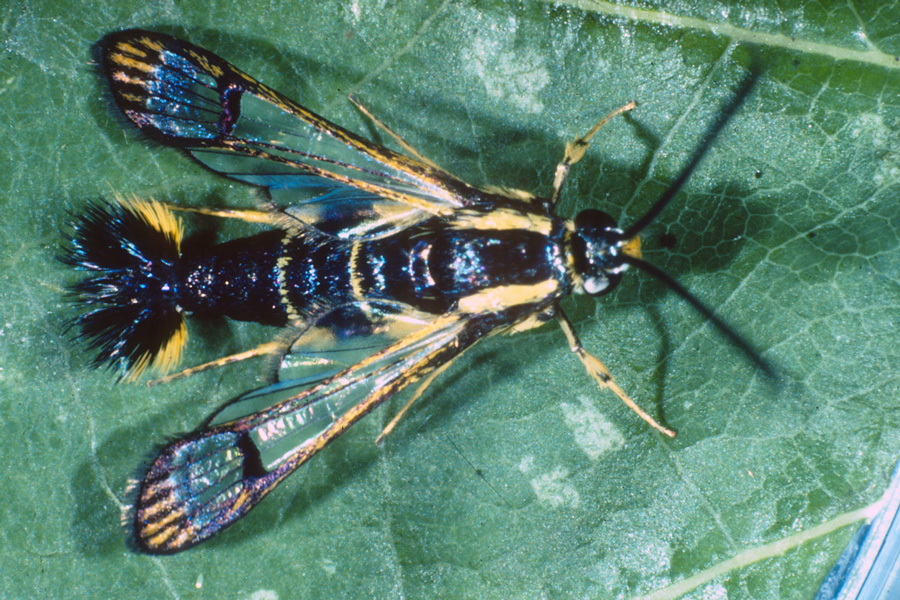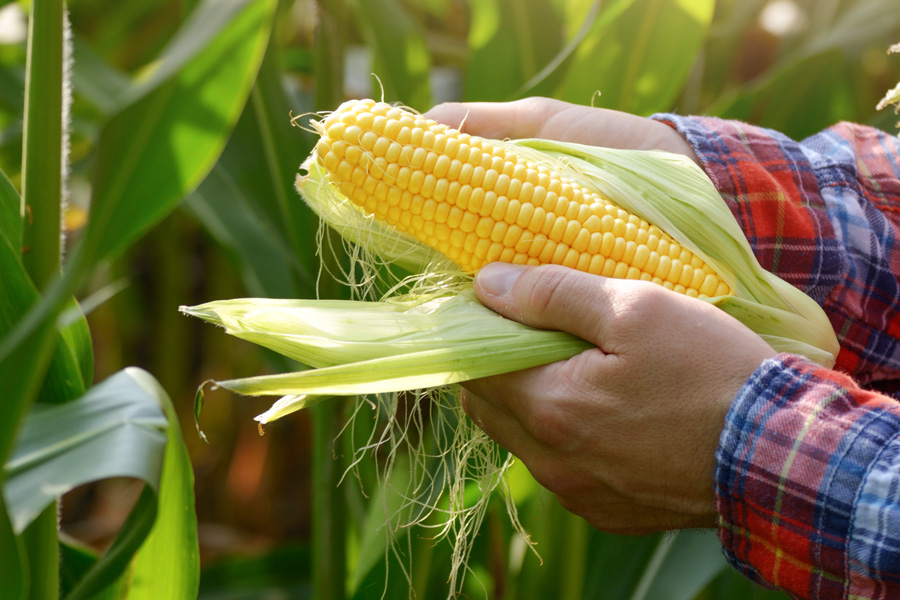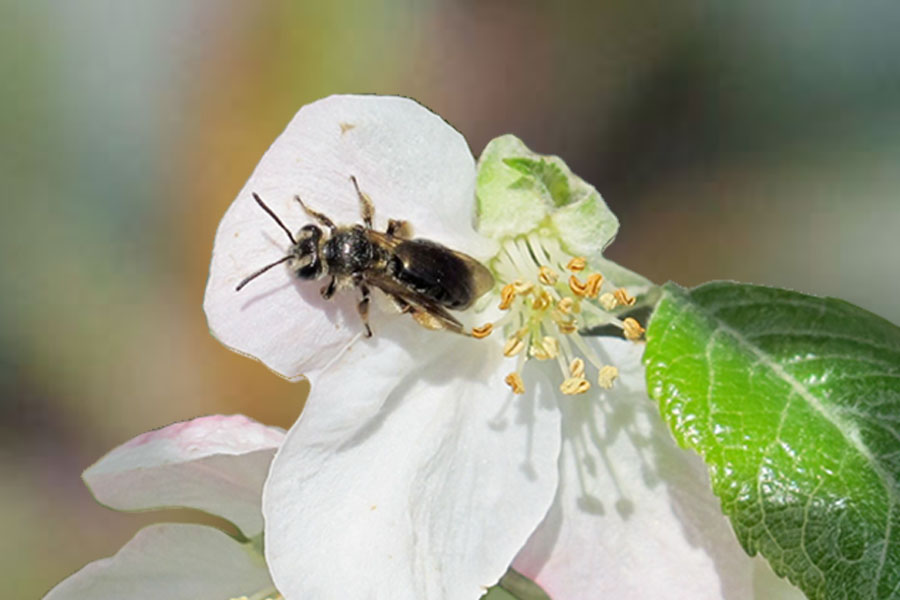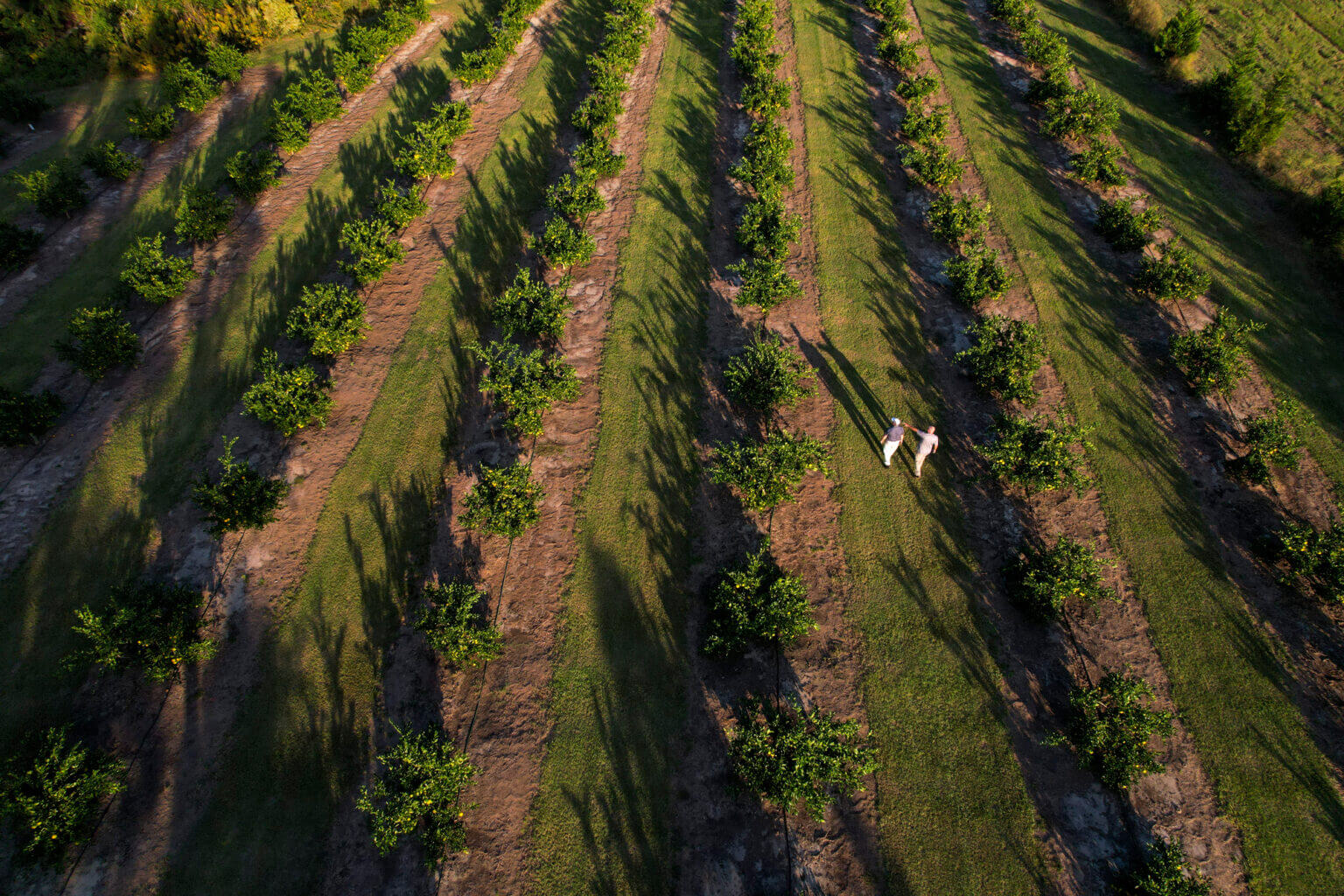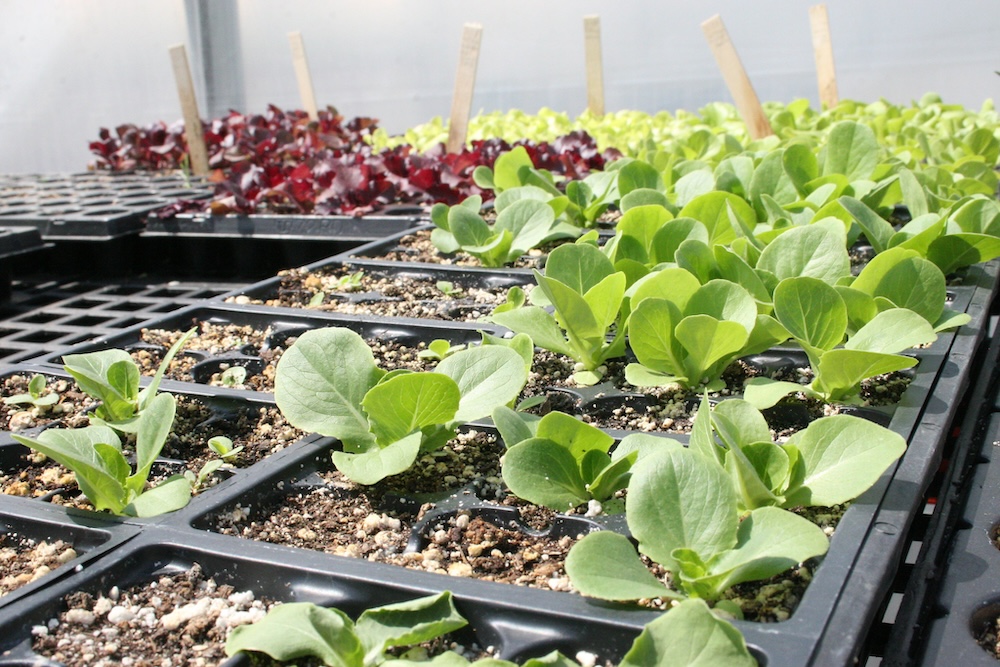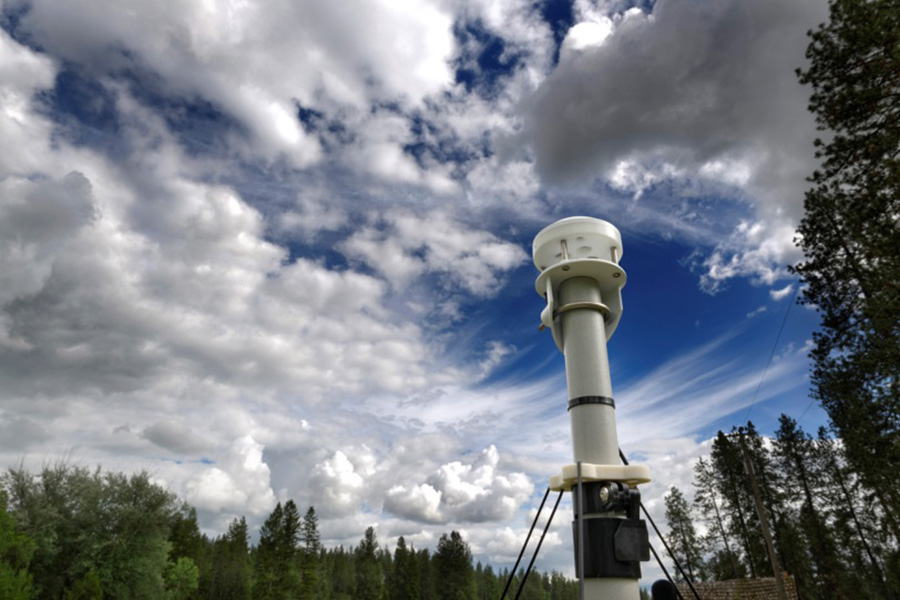

A weather station is a collection of instruments and sensors measuring atmospheric and soil conditions. Commonly measured environmental variables include light, temperature, relative humidity, rain, wind, and soil conditions (soil moisture, soil temperature, and/or soil bulk electrical conductivity). An on-site weather station allows growers to monitor the microclimate in a growing area. Weather conditions can vary over short distances, especially for measurements such as rainfall, which means that off-site measurements—often taken miles away as part of a public weather network—may not be accurate enough for irrigation and/or temperature scheduling purposes. Additionally, cold pockets created by elevation changes can create temperature variability, making local (adjacent to growing areas) weather stations a valuable tool in monitoring and use for irrigation scheduling and freeze protection.

Published by University of Georgia Cooperative Extension. For more information or guidance, contact your local Extension office.
The University of Georgia College of Agricultural and Environmental Sciences (working cooperatively with Fort Valley State University, the U.S. Department of Agriculture, and the counties of Georgia) offers its educational programs, assistance, and materials to all people without regard to age, color, disability, genetic information, national origin, race, religion, sex, or veteran status, and is an Equal Opportunity Institution.
Status and Revision History
- Published on May 10, 2017
- Published with Full Review on November 2, 2023
What is a Bulletin?
Bulletins represent a major writing effort and cover a broad subject area. They address individual topics in a particular discipline for a specific commodity.
Written and Reviewed by Experts
This resource was written and reviewed by experts. Click below for more information on how we produce science you can trust.

